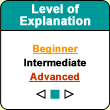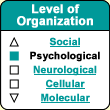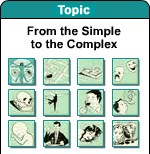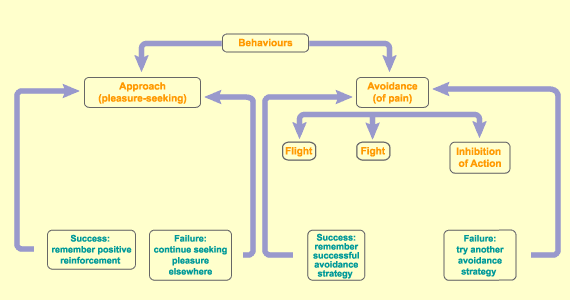|
|
| Funding for this site is provided by readers like you. | |
|
|
|
|
|||||
|
|
|||||||
|
|
|
|
|
|
Persistence of social signatures in human communication
|
|
A behaviour is a set of movements coordinated by the nervous system to preserve the structure of the organism. The basic behaviour is therefore to approach or explore the resources available in the environment. When an action to acquire one of these resources is rewarded, this gratifying behaviour is positively reinforced, and the strategy through which the need was satisfied is memorized. The other main basic behaviour is to avoid pain, and hence to avoid situations that might lead to the organism’s premature death. Fight, flight, and inhibition of behaviour are the three possible behavioural responses to a nociceptive stimulus. Just like gratifying behaviours, the response of fighting, fleeing, or inhibiting behaviour in response to a threatening stimulus can be either effective or ineffective. The associated behaviour is then memorized as either a winning or a losing strategy. The following diagram shows how a behaviour is memorized if it succeeds and discarded for an alternative strategy if it fails.
Our environment is full of potentially gratifying objects that stimulate our approach behaviours. But it is also full of other people who also want to use these resources to ensure their own well-being. Each individual must therefore learn to decode other people’s intentions in order to choose the attitude that will make his or her own actions the most effective. For example, if you resisted somebody who was trying to take some resource away from you, and you ended up not only losing the resource but also getting injured in the struggle, then the next time, the memory of this failure might very well cause you to simply run away. And if this person were someone from whom you could not flee (for example, because you were economically dependent on them), then you would learn that the best thing to do would be to inhibit your own behaviour and accept your subordinate status. This shows how social hierarchies are established. The three reactions that let you avoid pain trigger hormonal and vasimotor adjustments that are controlled by the sympathetic nervous system. The activation of this system provides increased motor autonomy, mainly by increasing the oxygenation of the skeletal muscles. But these changes cannot last indefinitely, or they would interfere with the healthy functioning of those parts of the body, such as the internal organs, that were left temporarily short of blood. Once the source of the threat has disappeared, the body’s equilibrium must therefore be rapidly restored. In certain social situations, however, this can be impossible,
and the only solution may be to remain
in a state of inhibited behaviour, which can have disastrous
effects in the long term. |
|
||||||||||||||||||||||||||||||||||||
| |
|
|
|
|
|
|
|
|





